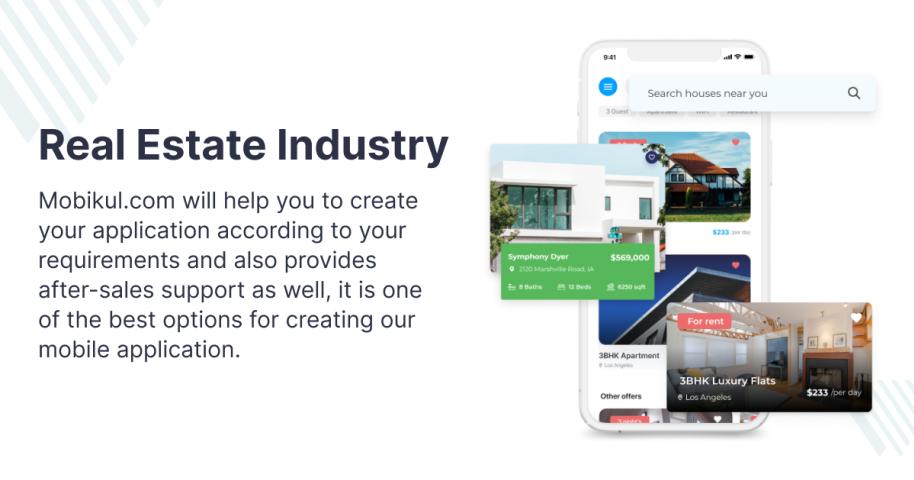Developing a real estate app can be a significant investment, but it can also offer a substantial return on investment. However, understanding the factors that influence the cost is crucial to make informed decisions. This article delves into the key cost considerations for real estate app development.
Cost Considerations for Real Estate App Development
1. App Complexity and Features
The complexity of your app's features is a primary determinant of cost. A basic app with essential features like property listings, search functionality, and contact forms might be relatively affordable. However, adding more advanced features such as:
Virtual tours: Using 3D technology to offer immersive property experiences.
Augmented reality: Overlay digital information on real-world environments, like visualizing furniture placement.
Integrated payments: Allowing users to make offers or payments directly within the app.
Artificial intelligence (AI)-powered recommendations: Suggesting properties based on user preferences and behavior.
Can significantly increase the development time and cost.
2. Platform Selection
The platforms you choose to target (iOS App, Android App, or both) will impact the cost. Developing for both platforms separately can be more expensive than using cross-platform development frameworks like Flutter or React Native, which can save time and money.
3. Design and User Experience (UX)
A well-designed app with a great user experience is essential for attracting and retaining users. The cost of design and UX can vary depending on the level of customization and complexity. A visually appealing and intuitive interface can enhance user satisfaction but may require additional resources.
4. Development Team and Location
The cost of development will depend on the size and experience of the development team. Hiring a team with specialized skills in real estate app development, mobile app development, and potentially AI or AR may be more expensive but can lead to a higher-quality product. Additionally, the location of the development team can influence costs. Developers in regions with lower labor costs may offer more affordable rates. That's why most companies hire offshore developers to cut software development costs.
5. Backend Infrastructure and Data Integration
The backend infrastructure, including servers, databases, and APIs, is essential for the app's functionality. The cost of maintaining and scaling the backend can vary depending on the app's usage and data volume. Integrating with external data sources like property listings, maps, and payment gateways may also incur additional costs.
6. Maintenance and Updates
Once your app is launched, ongoing maintenance and updates are necessary to ensure it remains functional, secure, and compatible with new devices and operating systems. These costs can be factored into your overall budget.
7. Additional Costs
Other potential costs to consider include:
App store fees: Apple and Google Play Store require developers to pay fees for app submission and distribution.
Marketing and promotion: To reach your target audience and drive user acquisition.
Legal and compliance: Ensuring your app complies with relevant regulations and privacy laws.
By carefully considering these factors and setting realistic expectations, you can better estimate the cost of developing your real estate app and make informed decisions about your budget and project scope.
Conclusion
Developing a real estate app can be a strategic investment, but it requires careful consideration of various factors to ensure a successful outcome. By understanding the key cost considerations outlined in this article, you can make informed decisions about your app's features, development approach, and budget.
Maticz a promising real estate app development company, specializes in creating innovative and user-friendly real estate apps tailored to your specific needs. Our team of experienced developers and designers can help you navigate the complexities of real estate app development and deliver a high-quality product.










